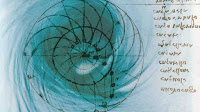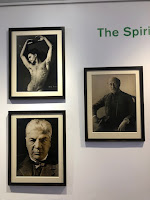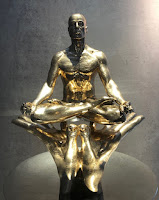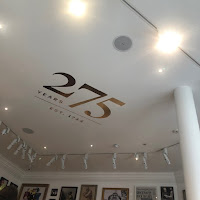The New Londoners

Interesting exhibition at the British Library of photographs by Chris Steele-Perkins of families that have relocated to London. This is part of an ongoing project which has recorded 164 families for 187 countries pictures in their own homes. The British Library is purchasing a set of these photographs. The pictures have immediacy and joy about them. I loved the ones, like the one shown, which show big families from many countries. There was one clever one which showed the family in the reflections of mirrors on a wall opposite them,. Closes 7 July 2019
































